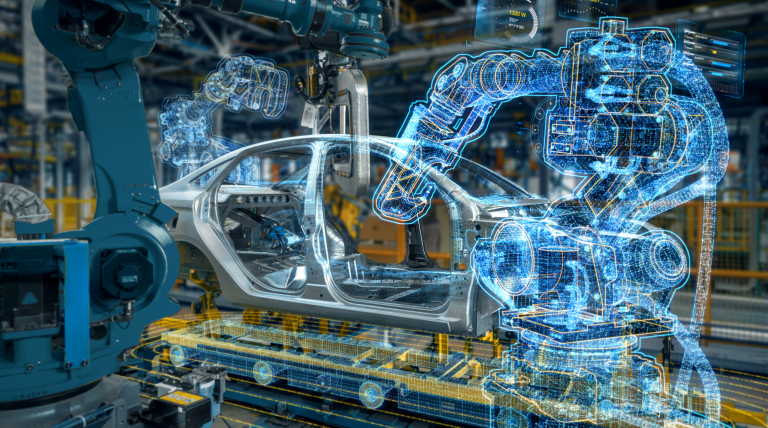
Virtual Twins: Enhancing the Industrial Equipment Manufacturing Process to Meet Customer Demand
Virtual twins improve industrial equipment manufacturing process, know more! The rapid advancement of Industry 4.0 technologies, coupled with escalating customer expectations and market complexities, has led engineering and manufacturing firms to seek innovative solutions. A critical question facing these industries is: How can manufacturing processes be optimized within the industrial equipment sector? Continue reading to discover the answers.
Understanding Industrial Equipment
Industrial equipment encompasses machinery, tools, equipment, or vehicles used in manufacturing, extraction, harvesting, or handling various products. To stay competitive and meet growing market demands, manufacturers must identify, and address challenges related to industrial equipment.
Challenges in Industrial Equipment Manufacturing
Many industrial equipment companies face complicated manufacturing challenges. For example, CAMC, a supplier of commercial, specialized, and essential vehicle parts, has distinguished itself by tackling and surpassing these obstacles. Here’s how they achieved this feat:
With the rapid advancement of Industry 4.0 technologies, CAMC must promptly address customer demands. The primary challenges they face include:
- High R&D Costs: To meet customer demand, manufacturers must produce high-quality products, often leading to the development of multiple prototypes. This process can result in a 52% increase in manufacturing costs.
- Improving Product Quality: In a rapidly evolving market with growing demand for industrial equipment, manufacturers face challenges in staying ahead of the competition. They need to speed up product launches while ensuring high-quality results. Due to inaccuracies in product data, they have experienced a 27% delay in bringing their products to market.
Addressing Customer and Market Demands
So now the question is how can CAMC keep up with the complexity of customer and market demands in industrial equipment manufacturing?
According to Hanru Liu, Chairman of CAMC, “The 3DEXPERIENCE platform connects Sales, R&D, and Production, helping CAMC provide better products and customer experience.”
The 3DEXPERIENCE platform has allowed CAMC to boost part reuse by 20% and shorten product R&D time by 30%. Furthermore, early-stage virtual validation has enhanced product quality. Previously isolated data now flows seamlessly through integration between the 3DEXPERIENCE platform and other systems such as DMS, ERP, and MES.
Additional Benefits of Virtual Twins
Virtual twins offer a myriad of benefits beyond cost savings and faster time-to-market. They enable real-time monitoring and predictive maintenance, significantly reducing downtime and maintenance costs. By creating a digital replica of physical assets, manufacturers can simulate various scenarios and optimize production processes without the risk and expense associated with physical trials.
Furthermore, virtual twins facilitate better collaboration across departments and with external partners, ensuring that everyone is working with the most up-to-date information. This leads to improved decision-making and more innovative product designs.
Conclusion
Innovative business leaders are adjusting their business models to include virtual processes, digital products, and off-cycle product management. The 3DEXPERIENCE platform offers crucial tools for creating virtual twins, product development, and integration-ready components.
By embracing these advanced technologies, manufacturers can not only meet but exceed customer expectations, driving their businesses toward greater efficiency and profitability.
For those looking to delve deeper into how virtual twins can transform industrial equipment manufacturing, we invite you to explore more in our upcoming webinar. Discover ways to save $6-9 million annually by minimizing physical prototypes and learn how to shorten time-to-market by 15% and lower product costs by 20%. Join us for an in-depth exploration of the obstacles and advantages of using virtual technology in manufacturing engineering. Plus, get insights from additional case studies. Register now to secure your spot and gain invaluable knowledge that could revolutionize your manufacturing processes.

